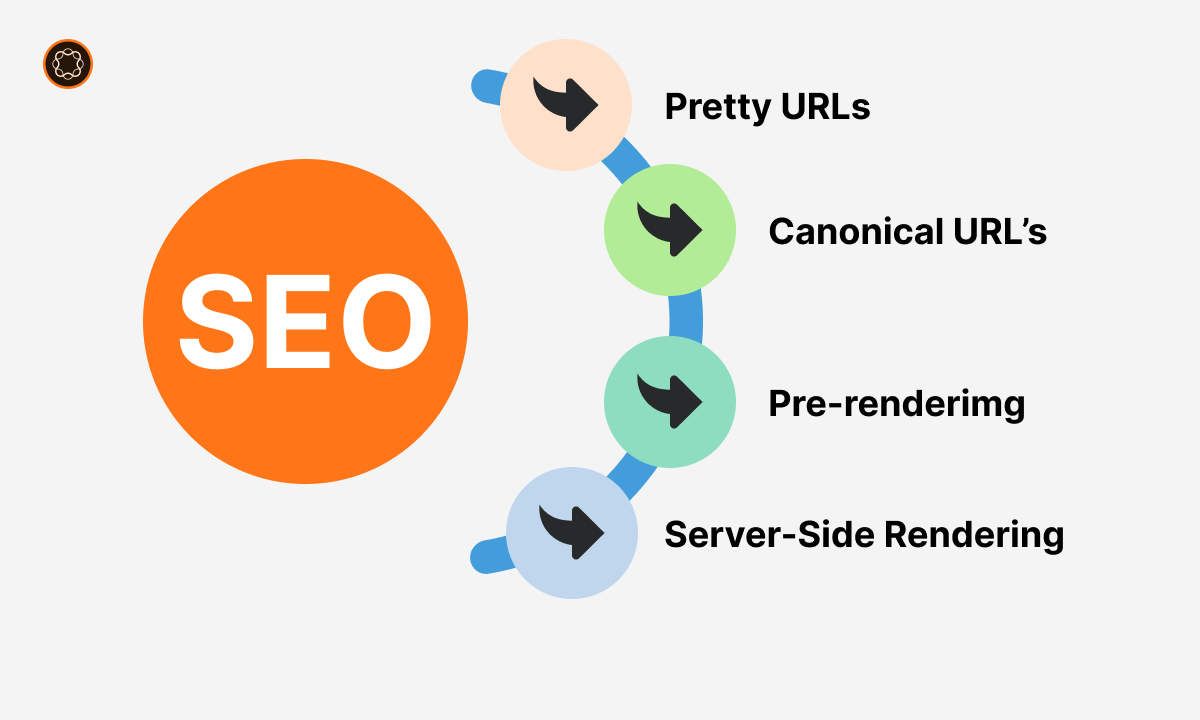Introduction
In today’s fast-paced digital landscape, the demand for captivating, user-centric websites has never been greater. As businesses strive to make their mark in the online world, Adobe Experience Manager (AEM) Sites emerges as a game-changing solution. This article delves into the world of AEM Sites, exploring its capabilities, benefits, and how it can revolutionize your digital presence.
What is AEM Sites?
AEM Sites is a versatile and robust content management system (CMS) developed by Adobe. It empowers organizations to create, manage, and deliver personalized web experiences with unparalleled ease and efficiency.
Key Features of AEM Sites
- Content Authoring: AEM Sites offers a user-friendly interface that enables content creators to craft compelling web content effortlessly.
- Responsive Design: With AEM Sites, your website automatically adapts to various devices, ensuring a seamless user experience.
- Personalization: Tailor content for different audience segments, enhancing engagement and conversion rates.
- Multi-Site Management: Manage multiple websites from a single platform, streamlining content updates and maintenance.
Why Choose AEM Sites?
Enhanced User Experience
In the digital realm, user experience reigns supreme. AEM Sites provides the tools to create visually stunning, responsive websites that captivate visitors. Its drag-and-drop interface simplifies the process of building engaging web pages, reducing the need for extensive coding.
SEO Optimization
Search engine optimization (SEO) is vital for online visibility. AEM Sites incorporates SEO best practices, ensuring your content ranks higher in search engine results pages (SERPs). This means more organic traffic and increased exposure for your brand.

Efficient Content Management
AEM Sites streamlines content management through a centralized dashboard. Content creators can collaborate seamlessly, reducing bottlenecks in the content creation process.
Personalization at Scale
Tailoring content for individual users can be daunting, but AEM Sites makes it achievable. Its powerful personalization features enable you to deliver unique experiences to each visitor, boosting engagement and conversions.
Getting Started with AEM Sites
To harness the full potential of AEM Sites, let’s explore the detailed steps to get started:
Step 1: Installation and Setup
Begin by installing AEM Sites, a process well-documented by Adobe. Here are the primary steps involved:
a. Download AEM Sites: Visit the Adobe website to download the AEM Sites package that suits your needs.
b. System Requirements: Ensure that your server and system meet the AEM Sites system requirements as specified in the documentation.
c. Installation: Follow the installation guide provided by Adobe to set up AEM Sites on your server. This typically involves configuring the application server and database.
d. License Configuration: Apply the license key provided by Adobe to activate your AEM Sites instance.
e. Initial Configuration: Perform initial configurations, such as defining admin users and setting up security parameters.
Step 2: Content Creation
Once your AEM Sites instance is up and running, it’s time to start creating captivating web content. Here’s how to get started:
a. Accessing the Dashboard: Log in to your AEM Sites dashboard using the admin credentials you set up during installation.
b. Content Repository: Familiarize yourself with the content repository where all your web assets will be stored. Create folders and organize your content logically.
c. Page Authoring: Utilize the intuitive page authoring tools to design and structure your web pages. Drag and drop elements, add text, images, and videos as needed.
d. Content Templates: Leverage AEM Sites’ content templates to maintain a consistent look and feel across your website. Customize these templates to suit your brand.
Step 3: SEO Optimization
Optimizing your content for search engines is crucial for visibility. Here’s how to ensure your AEM Sites content is SEO-friendly:
a. Keyword Research: Identify relevant keywords and phrases related to your content.
b. On-Page Optimization: Optimize individual pages by incorporating keywords into titles, headings, and meta descriptions. Ensure that your URLs are descriptive and user-friendly.
c. XML Sitemap: Generate an XML sitemap using AEM Sites to help search engines crawl and index your content efficiently.
Step 4: Personalization
AEM Sites excels in personalizing user experiences. Here’s how to harness this feature:
a. Audience Segmentation: Identify and create audience segments based on user behavior, demographics, and preferences.
b. Content Targeting: Tailor content for each audience segment by creating variations of pages, components, or offers.
c. Analytics Integration: Integrate AEM Sites with analytics tools to monitor user behavior and refine your personalization strategies.
Conclusion
In an era where digital experiences can make or break a brand, AEM Sites emerges as a powerful ally. Its ability to enhance user experiences, streamline content management, and optimize for SEO makes it an indispensable tool for businesses of all sizes. Embrace AEM Sites, and transform your online presence today.
FAQs
- Is AEM Sites suitable for small businesses?
AEM Sites caters to businesses of all sizes. Its scalability ensures it can grow with your business. - Can I integrate AEM Sites with other Adobe products?
Yes, AEM Sites seamlessly integrates with other Adobe Experience Cloud solutions for a holistic digital marketing approach. - How does AEM Sites handle security?
AEM Sites prioritizes security with robust features like role-based access control and regular updates to patch vulnerabilities. - What kind of support does Adobe offer for AEM Sites users?
Adobe provides extensive documentation, tutorials, and a support community to assist AEM Sites users. - Are AEM Sites suitable for e-commerce websites?
Absolutely! AEM Sites offers features tailored to e-commerce, such as product catalog management and integration with e-commerce platforms.

I’m Kirill Efimov, an experienced AEM developer with over 10 years of experience in Java and web development. I’m skilled in developing AEM components, templates, workflows, and integrations with other systems, and I’m passionate about delivering high-quality solutions to my clients.
I also believe in knowledge-sharing and staying up-to-date with the latest developments in the industry. Through blog posts, tutorials, and speaking engagements, I’m committed to contributing to the AEM community and helping others overcome the challenges they may face in their AEM projects.
